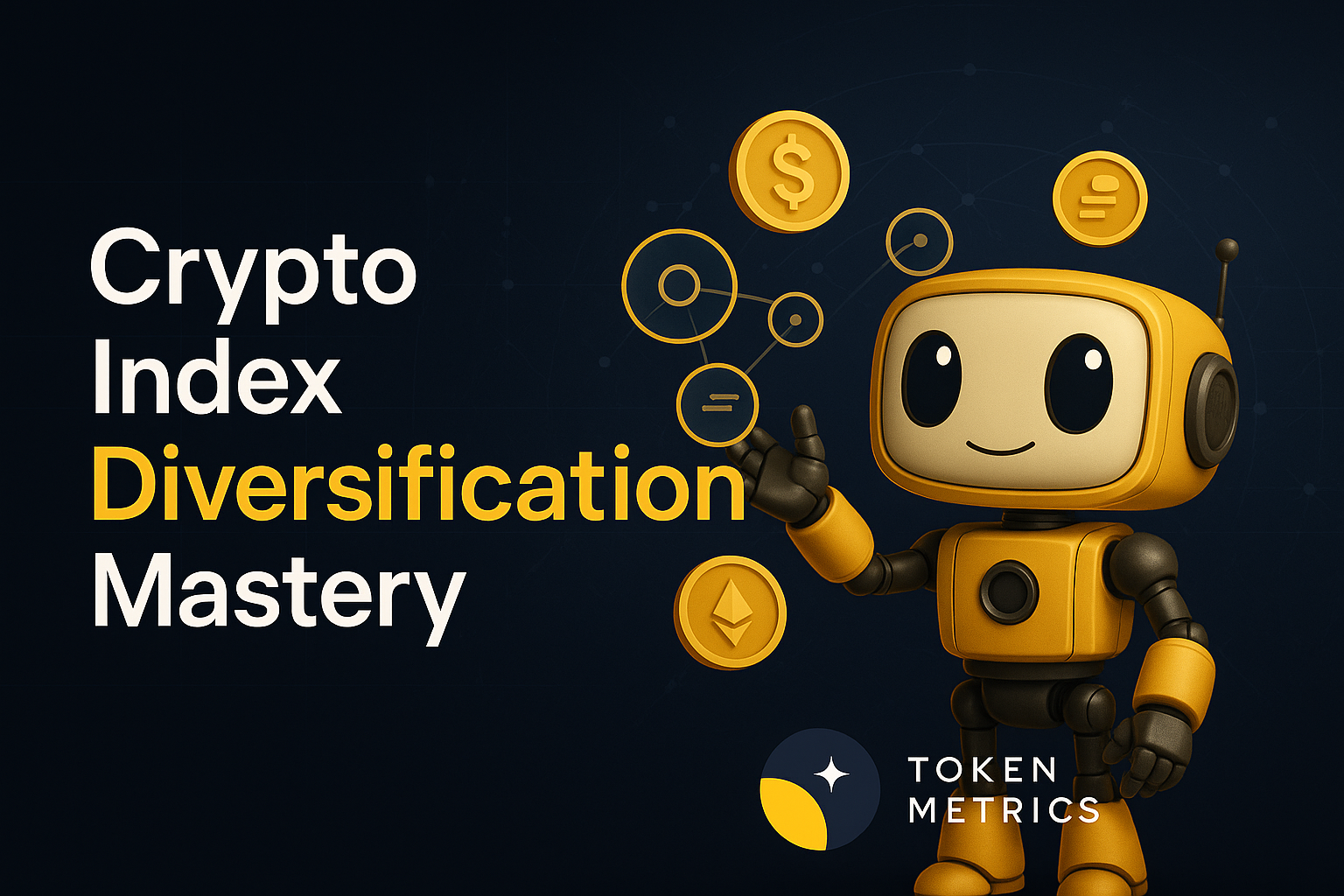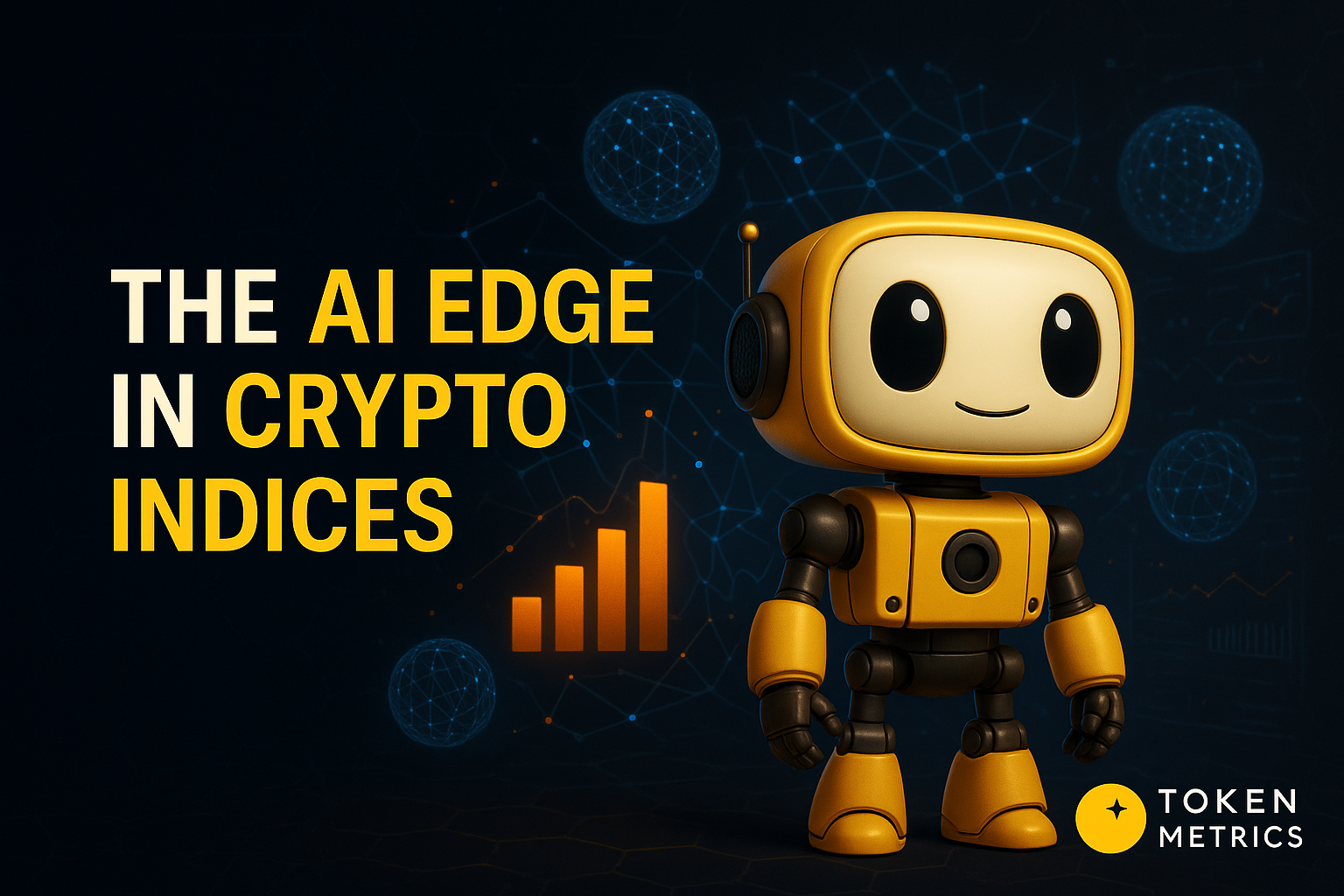
How Do Stablecoins Maintain Their Value? A 2025 Guide

In the volatile world of cryptocurrency, stablecoins have emerged as a crucial bridge between the traditional financial system and the rapidly evolving digital asset ecosystem. As of October 2025, the stablecoin market has surpassed a staggering $255 billion in market capitalization, reflecting their growing importance. Understanding how do stablecoins maintain their value is essential for investors, traders, and anyone interested in the future of digital currency. This guide explores the mechanisms behind stablecoins’ price stability, their real-world applications, associated risks, and the outlook for this pivotal segment of the crypto industry.
What Are Stablecoins?
Stablecoins are a class of cryptocurrencies specifically designed to maintain a stable value relative to a reference asset, most commonly the U.S. dollar. Unlike highly volatile crypto assets such as Bitcoin or Ethereum, stablecoins aim to combine the benefits of blockchain technology—such as decentralization, transparency, and programmability—with the stability of traditional fiat currency. This unique combination makes stablecoins a reliable medium of exchange and a store of value within the digital economy.
At their core, stablecoins are pegged assets that target a stable price by tracking a specific asset one-to-one. For example, a dollar-pegged stablecoin should consistently hold a value close to one U.S. dollar. This stability has fueled their rapid adoption for everyday transactions, international transfers, trading on crypto exchanges, and as collateral in decentralized finance (DeFi) applications. In 2025 alone, the total supply of stablecoins has grown by approximately 28%, while transaction volumes have surged by nearly 50%, underscoring their expanding role in the broader financial system.
The Main Mechanisms: How Stablecoins Maintain Value
Stablecoins maintain their value through different mechanisms, each designed to mitigate risks associated with price fluctuations and inherent volatility in the crypto market. The primary types include fiat-collateralized stablecoins, crypto-backed stablecoins, and algorithmic stablecoins. Each approach has its own strengths and challenges.
Fiat-Collateralized Stablecoins
The most prevalent type of stablecoins are fiat-backed stablecoins, also known as fiat collateralized or backed stablecoins. These stablecoins are supported by reserves of traditional fiat currency, typically held in bank accounts or low-risk reserve assets such as bank deposits, short term treasuries, or other liquid instruments. Leading examples like Tether (USDT) and USD Coin (USDC) dominate this category and represent the bulk of the stablecoin market cap.
When a user purchases one fiat-backed stablecoin, the stablecoin issuer holds an equivalent amount of fiat currency in reserve, ensuring that the stablecoin can be redeemed at a 1:1 ratio. This direct backing mechanism helps stablecoins hold steady against price volatility and gives holders confidence that their digital currency is fully collateralized by real-world assets.
Recent regulatory developments, such as the GENIUS Act enacted in July 2025, have reinforced reserve requirements for fiat-collateralized stablecoins. Under this framework, issuers must maintain reserves that at least equal the total stablecoin supply and be ready to redeem tokens on demand. This regulatory oversight enhances transparency and stability, further integrating stablecoins into the traditional financial system.
Crypto-Collateralized Stablecoins
Another category, known as crypto backed stablecoins, leverage other cryptocurrencies as collateral rather than fiat currency. For instance, DAI—issued by MakerDAO—is backed by a diversified pool of crypto assets locked in smart contracts on the blockchain. Due to the high volatility of crypto collateral, these stablecoins are typically overcollateralized, meaning they hold more crypto assets in reserve than the stablecoins issued, often at a ratio of 2:1 or higher.
Smart contracts play a crucial role here, automatically managing collateral levels and liquidating positions if the value of the underlying crypto assets falls below a predefined threshold. This automated mechanism helps maintain the peg and protects the stablecoin from devaluation caused by sudden market downturns. However, the decentralized nature of these stablecoins exposes them to risks from smart contract vulnerabilities and rapid market movements.
Algorithmic Stablecoins
Algorithmic stablecoins represent a more experimental approach to maintaining a stable value without relying on collateral. Instead, they use smart contracts and automated protocols to dynamically adjust the stablecoin’s supply based on market demand. When the stablecoin’s price rises above its peg, the algorithm mints additional tokens to increase supply and reduce the price. Conversely, when the price dips below the peg, the protocol burns tokens to decrease supply and push the price back up.
While this mechanism aims to maintain price stability through supply-demand equilibrium, algorithmic stablecoins have historically struggled to maintain their peg during periods of extreme market stress. Consequently, they remain less popular in 2025 compared to collateralized stablecoins, as their stability is more susceptible to market conditions and speculative pressures.
Real-World Applications and Growth
Stablecoins have transcended their initial role as mere trading tools to become integral components of the global financial ecosystem. They facilitate international transfers by offering a stable medium that reduces remittance costs from an average of 6.6% to under 3%, benefiting millions of users worldwide. In countries experiencing hyperinflation, such as Argentina and Turkey, residents increasingly rely on dollar-pegged stablecoins to preserve purchasing power and hedge against local currency depreciation.
The stablecoin market’s rapid growth has attracted significant institutional interest. In 2025, major financial institutions like Standard Chartered Bank, PayPal, Bank of America, and Stripe have either launched their own stablecoins or announced intentions to enter the market. This trend highlights the crucial role that stablecoins play in bridging the gap between traditional assets and digital assets, enabling seamless integration with existing financial products and services.
Moreover, stablecoins have become foundational to decentralized finance (DeFi), powering lending platforms, decentralized exchanges, and yield farming protocols. Their ability to maintain a stable value makes them indispensable for users seeking to avoid the inherent volatility of other cryptocurrencies while still benefiting from blockchain technology.
The Critical Role of Analytics in Stablecoin Trading
As stablecoins become a cornerstone of the crypto market, advanced analytics and trading platforms have become essential for navigating this complex landscape. Platforms like Token Metrics exemplify the next generation of AI-powered crypto analytics tools that help traders understand market dynamics and optimize their investment strategies.
Build Smarter Crypto Apps & AI Agents with Token Metrics
Token Metrics provides real-time prices, trading signals, and on-chain insights all from one powerful API. Grab a Free API Key
Token Metrics offers a comprehensive suite of features, including AI-driven ratings that assign both short-term Trader Grades and long-term Investor Grades to various tokens, including stablecoins. This dual grading system helps users decide when to allocate funds to stablecoins to maintain a stable portfolio during periods of high volatility.
Since integrating direct trading capabilities in early 2025, Token Metrics has evolved into a full-service platform where users can conduct research, execute trades, and deploy automated trading bots. Its sentiment analysis tools monitor social media trends and institutional flows, providing timely insights into market sentiment that can impact stablecoin demand and price stability.
For investors managing diversified portfolios, Token Metrics offers AI-managed indices that dynamically rebalance holdings based on market conditions and interest rates, ensuring exposure to stable assets while capitalizing on growth opportunities in the broader crypto industry.
Risks and Considerations
Despite their design to maintain price stability, stablecoins carry inherent risks that users should carefully consider. Fiat-backed stablecoins face centralization risks since issuers control the reserve assets and have the authority to freeze accounts or restrict redemptions. Transparency concerns have historically affected some issuers; for example, Tether was fined $41 million by the U.S. Commodity Futures Trading Commission (CFTC) for misrepresenting its reserves between 2016 and 2018.
Regulatory frameworks remain in flux globally. While the United States has enacted the GENIUS Act to provide clear guidelines, the European Union’s Markets in Crypto-Assets (MiCA) regulation imposes stringent rules on stablecoin issuers, treating them similarly to banks. Hong Kong’s Stablecoins Bill, passed in May 2025, is expected to introduce licensing requirements by early 2026, emphasizing the growing regulatory oversight of stablecoin activities.
For crypto collateralized and algorithmic stablecoins, vulnerabilities in smart contracts pose significant risks. Bugs or exploits could disrupt the mechanisms designed to maintain a stable value, potentially leading to depegging events with severe market consequences.
The Future of Stablecoins
Looking ahead, stablecoins are poised for continued expansion, with market forecasts estimating a potential growth to $500-750 billion in the near future. Their ability to serve as a reliable medium for cross-border payments, provide financial access to the unbanked, and underpin decentralized financial products ensures their crucial role in the evolving financial ecosystem.
Understanding how do stablecoins maintain their value is fundamental for anyone engaging with the crypto market. With enhanced regulatory clarity, institutional adoption, and sophisticated analytics tools like Token Metrics, stablecoins are increasingly integrated into both the traditional financial system and the emerging digital economy.
Whether used for trading, payments, or wealth preservation, stablecoins continue to bridge the gap between fiat currency and digital assets, making them an indispensable part of the future of money and finance worldwide.

.svg)

Create Your Free Token Metrics Account

.png)




%201.svg)
%201.svg)


%201.svg)









.svg)




.png)